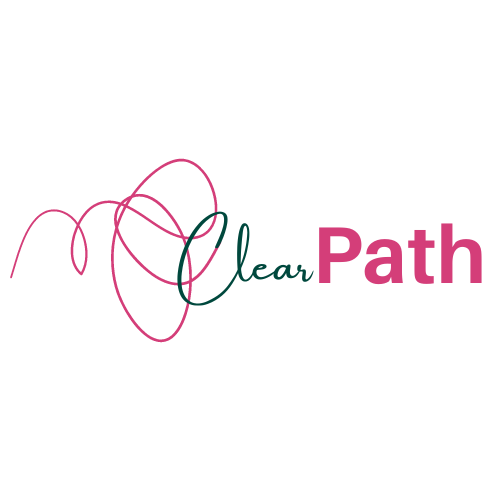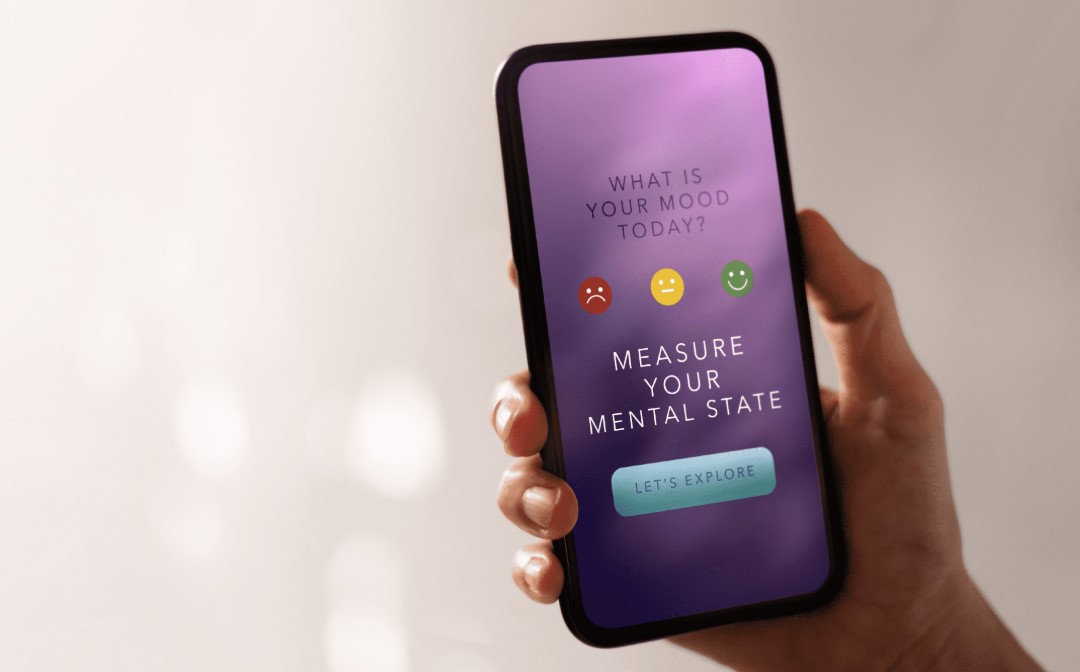The conversation around mental health support online has changed dramatically over the past few years. What used to be a collection of anonymous forums and self-help posts has turned into a growing industry of structured digital platforms offering therapy sessions, guided programs, and peer communities.
But as more people turn to these platforms for emotional support, companies face a growing challenge: how to make sure the advice shared is actually safe.
Why Mental Health Platforms Need Moderation
Online spaces for emotional support can be double-edged. They give users an outlet to share, but they also create opportunities for misinformation to spread unchecked. Posts about medication, coping methods, or trauma recovery can carry serious consequences when they’re inaccurate or poorly phrased. That’s where moderation systems step in.
Modern mental health platforms rely on moderation to maintain a supportive, evidence-based environment. They filter out harmful advice, detect manipulative or triggering content, and keep users away from potentially dangerous conversations that could worsen their condition.
Some platforms even use tools similar to a paraphraser to reframe sensitive or potentially harmful posts before they reach wider audiences.
A poorly moderated mental health forum can quickly become unsafe. For instance, advice that encourages someone to quit prescribed medication cold turkey or promotes unverified “miracle cures” can lead to real harm. Platforms now recognize moderation as part of their duty of care – not just a technical requirement.
How Moderation Works in Practice

Moderation in the mental health space is not a single mechanism but a layered system of safeguards. Platforms typically combine automated tools, trained human moderators, and clear community guidelines to maintain balance between free expression and user safety.
1. Automated Detection Systems
AI-driven filters are often the first line of defense. They scan posts and messages for:
- Mentions of self-harm, suicide, or violence
- Promotion of unverified medical treatments
- Hate speech or harassment
- Advice contradicting established medical guidance
The system doesn’t just look for keywords. It learns from patterns in phrasing, tone, and context. For example, a user saying “I want to disappear” triggers a different response protocol than a general discussion about mental health awareness. Some tools even score posts based on emotional intensity, helping moderators prioritize which cases need urgent review.
2. Human Moderation Teams
Technology can flag issues, but it can’t fully interpret emotional nuance. That’s why human moderators remain essential. They review flagged content and decide how to respond – whether that means removing a post, providing a resource link, or escalating to a professional.
Many platforms train moderators with psychological first-aid principles. They’re taught to recognize warning signs of crisis, avoid judgmental language, and direct users toward verified help lines or licensed professionals.
3. Community Guidelines and Education

Even the best filters can’t replace clear rules. Platforms publish community standards that set expectations for how users share advice and interact. Common rules include:
- No medical recommendations without credentials
- No diagnostic claims
- No promotion of extreme diets, detoxes, or substances
- Respect the privacy and boundaries of others
Some apps integrate educational pop-ups. If a user posts something that sounds like medical guidance, the system may remind them: “If you’re offering advice, please avoid medical claims. Only a licensed professional can provide treatment guidance.” It’s gentle, but effective in shaping healthier discussions.
The Role of AI in Maintaining Safe Spaces
Artificial intelligence has become a key tool for scaling moderation without exhausting human teams. Advanced AI models can process millions of user interactions, learning how to separate supportive peer talk from unsafe recommendations.
A growing number of mental health platforms now use sentiment analysis and contextual tagging. When a message shows signs of distress or urgency, AI can automatically send an intervention prompt, such as links to crisis hotlines or professional counseling options.
AI systems are also being designed to recognize cultural and linguistic variations. What sounds concerning in one language or region might be harmless slang in another. Developers are training models with diverse datasets to avoid over-policing conversations or missing subtle distress signals.
However, no AI model is perfect. Ethical implementation involves constant review, transparency about data use, and clear boundaries between moderation and clinical judgment.
Human Oversight and Ethical Boundaries

Automated moderation raises ethical questions: Should AI decide what kind of advice is “safe”? Who defines what’s harmful? To avoid overreach, most mental health platforms follow hybrid models where AI assists human moderators rather than replaces them.
Human oversight ensures:
- Contextual understanding of sensitive topics
- Empathy in communication
- Ethical review of flagged posts before deletion
- Consistency with professional mental health standards
Some organizations even employ licensed clinicians as part of their moderation structure, particularly when handling suicide-related cases. They help design escalation protocols, ensuring users receive the right type of support at the right moment.
Balancing Privacy with Safety
Filtering harmful advice often means scanning personal messages and posts, which introduces a complex privacy challenge. Users expect confidentiality when discussing mental health, yet platforms must intervene if someone is at risk.
To balance both, many systems use privacy-preserving algorithms that detect risk signals without fully exposing message content to moderators. For instance, a message could trigger a “risk score” based on linguistic markers rather than being read in full.
When intervention is necessary, policies are designed to notify users transparently. Some platforms offer opt-in consent for moderation, explaining exactly what data is used and how intervention works. Clarity builds trust, and trust keeps communities safe.

Summary
Filtering harmful advice is not just a technical issue – it’s a moral and public health responsibility. As mental health platforms grow, moderation becomes the invisible infrastructure keeping users safe. AI systems, human moderators, and community cooperation together form the foundation of trust that makes digital support possible.
The goal is simple but vital: ensure that people looking for help online find empathy, not misinformation. It’s a quiet, ongoing effort that shapes the safety of millions who turn to digital spaces seeking something human – connection, care, and a little bit of hope.

